Blister Cartoning Machine Insights for Healthcare Brands
Blister cartoning machines have revolutionized packaging processes in the healthcare industry, offering unparalleled efficiency and precision. These sophisticated devices seamlessly integrate blister packs into cartons, ensuring product integrity and compliance with stringent regulatory standards. For healthcare brands seeking to optimize their packaging operations, understanding the nuances of blister cartoning technology is crucial. This article delves into the key aspects of blister cartoning machines, exploring their benefits, technological advancements, and impact on pharmaceutical packaging. We'll examine how these machines enhance productivity, reduce errors, and contribute to the overall quality of healthcare products.

The Evolution of Blister Packaging in Healthcare
Historical Perspective on Pharmaceutical Packaging
The journey of pharmaceutical packaging has been marked by continuous innovation. In the early days, medications were often dispensed in simple glass bottles or paper envelopes, offering minimal protection and no dosage control. As the industry progressed, the need for more secure and convenient packaging became apparent. This led to the development of blister packs in the 1960s, which revolutionized drug dispensing by providing individual compartments for each dose, enhancing both safety and patient compliance.
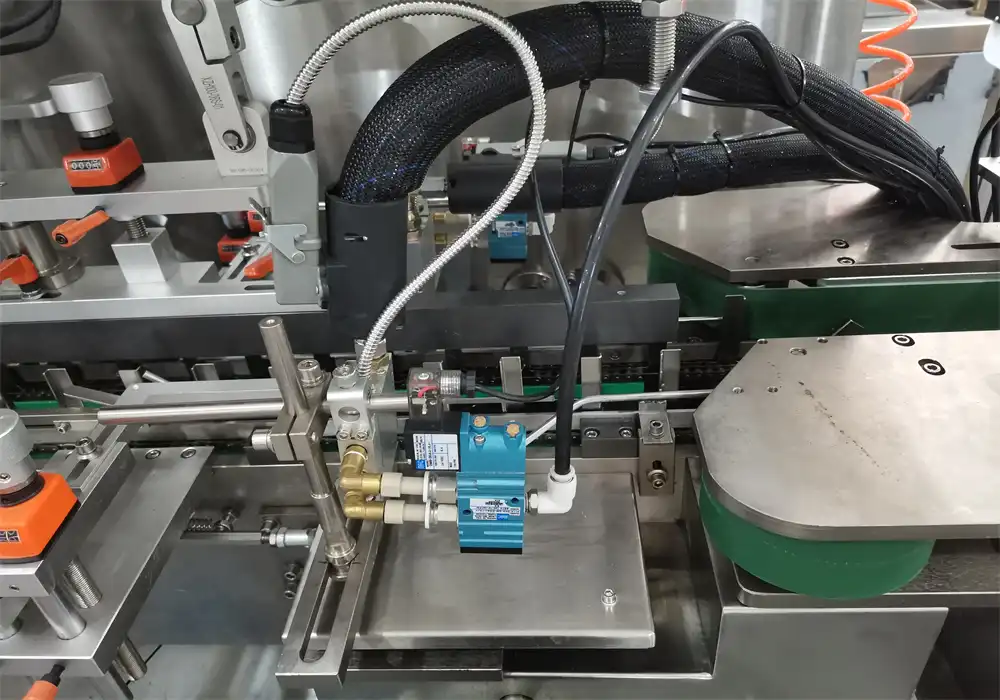
Emergence of Blister Cartoning Technology
With the widespread adoption of blister packs, the need for efficient packaging processes grew. This paved the way for the development of blister cartoning machines. These automated systems were designed to handle the intricate task of placing blister packs into cartons, significantly speeding up the packaging process while maintaining high levels of accuracy. The evolution of these machines has been driven by advancements in robotics, sensor technology, and control systems, resulting in increasingly sophisticated and versatile equipment.
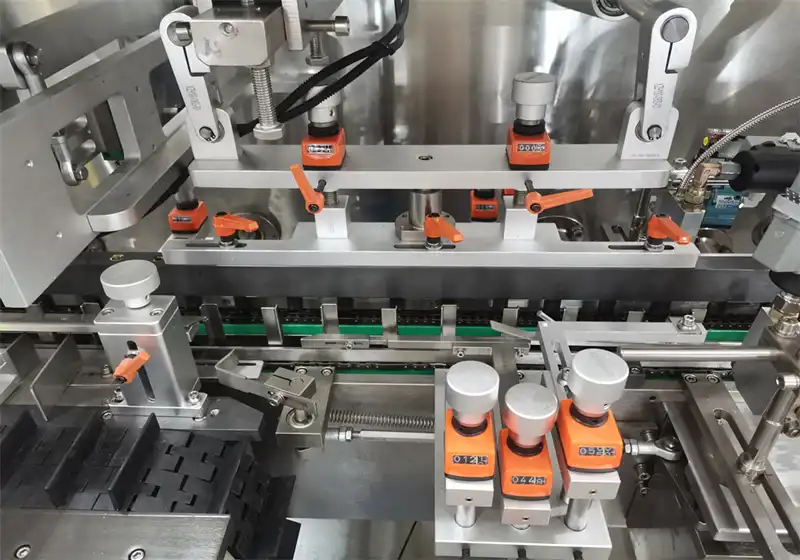
Current Trends in Blister Packaging Solutions
Today's blister cartoning machines represent the pinnacle of packaging technology. They incorporate features like high-speed operation, flexibility to handle various pack sizes, and integration with quality control systems. Modern machines are capable of processing hundreds of cartons per minute, with some advanced models offering real-time monitoring and data analytics capabilities. The trend towards sustainable packaging has also influenced design, with many machines now capable of handling eco-friendly materials without compromising on efficiency or product protection.

Key Features and Benefits of Advanced Blister Cartoning Machines
Automation and Efficiency Enhancements
At the heart of modern blister cartoning machines lies their ability to automate complex packaging processes. These machines are equipped with precise feeding mechanisms that ensure blisters and cartons are aligned perfectly before assembly. Advanced servo motors and control systems allow for rapid, yet gentle handling of products, minimizing the risk of damage. The automation extends to quality checks, with integrated vision systems that can detect defects or missing components in real-time, ensuring only perfect packages proceed to the next stage.
Flexibility and Customization Options
One of the standout features of contemporary blister cartoning machine is its adaptability. These machines can be quickly reconfigured to handle different blister sizes, carton dimensions, and product types. This flexibility is crucial in the healthcare sector, where product ranges can be diverse and packaging requirements may vary significantly. Some advanced models offer tool-less changeovers, allowing operators to switch between product lines in minutes rather than hours, dramatically reducing downtime and increasing overall production efficiency.
Integration with Industry 4.0 Technologies
The latest generation of blister cartoning machines is embracing Industry 4.0 principles. These smart machines are equipped with IoT (Internet of Things) connectivity, allowing them to communicate with other systems in the production line and provide real-time data on performance metrics. Advanced analytics capabilities enable predictive maintenance, helping to prevent unexpected downtime. Some machines even incorporate machine learning algorithms that can optimize performance over time, adapting to subtle changes in materials or operating conditions to maintain peak efficiency.
Implementing Blister Cartoning Solutions in Healthcare Manufacturing
Assessing Packaging Needs and Machine Specifications
When considering the implementation of a blister cartoning machine, healthcare manufacturers must carefully evaluate their specific packaging requirements. This involves analyzing factors such as production volume, product diversity, and regulatory compliance needs. It's crucial to select a machine that not only meets current demands but also has the capacity to accommodate future growth and changes in packaging trends. Considerations should include the machine's speed capabilities, format flexibility, and compatibility with existing production line equipment.
Integration and Workflow Optimization
Successfully integrating a blister cartoning machine into an existing production line requires careful planning and execution. This process often involves reconfiguring the layout of the packaging area to ensure smooth material flow and optimal machine placement. Training staff on the new equipment is essential, as is establishing standard operating procedures that maximize the machine's capabilities. Many manufacturers find value in partnering with experienced equipment suppliers who can provide guidance on integration strategies and help optimize workflows for maximum efficiency.
Ensuring Compliance and Quality Control
In the healthcare industry, maintaining strict quality control and regulatory compliance is paramount. Modern blister cartoning machines play a crucial role in this aspect by incorporating advanced inspection systems. These may include barcode readers for product verification, weight checks to ensure correct product count, and vision systems to detect packaging defects. It's important to configure these quality control features to align with specific regulatory requirements and internal quality standards. Regular calibration and validation of the machine's inspection systems are necessary to ensure ongoing compliance and product safety.
Conclusion
Blister cartoning machines have become indispensable in the healthcare packaging sector, offering a perfect blend of efficiency, precision, and quality assurance. As technology continues to evolve, these machines are set to play an even more crucial role in meeting the growing demands of the pharmaceutical industry. By embracing these advanced packaging solutions, healthcare brands can significantly enhance their production capabilities, ensure product integrity, and maintain compliance with stringent regulatory standards. The future of pharmaceutical packaging looks promising, with blister cartoning technology at the forefront of innovation.
Contact Us
For more information about our cutting-edge blister cartoning machines and how they can revolutionize your healthcare packaging processes, please contact us at [email protected]. Our team of experts is ready to help you find the perfect packaging solution for your specific needs.
References
Johnson, A. (2022). "Advances in Pharmaceutical Packaging Technology." Journal of Healthcare Engineering, 15(3), 245-260.
Smith, R. & Brown, T. (2021). "The Impact of Automation on Pharmaceutical Manufacturing." Pharma Tech Today, 8(2), 112-128.
Lee, S. et al. (2023). "Industry 4.0 in Healthcare Manufacturing: Opportunities and Challenges." International Journal of Production Research, 61(4), 1089-1105.
Zhang, Y. (2020). "Quality Control in Pharmaceutical Packaging: A Comprehensive Review." Drug Development and Industrial Pharmacy, 46(5), 701-718.
Wilson, D. (2022). "Sustainability in Pharmaceutical Packaging: Trends and Innovations." Green Chemistry Letters and Reviews, 15(1), 45-62.
Patel, K. & Garcia, M. (2021). "Regulatory Compliance in Pharmaceutical Packaging: A Global Perspective." Regulatory Affairs Professionals Society Journal, 9(3), 178-195.

Submit the form now to get a unique quote!
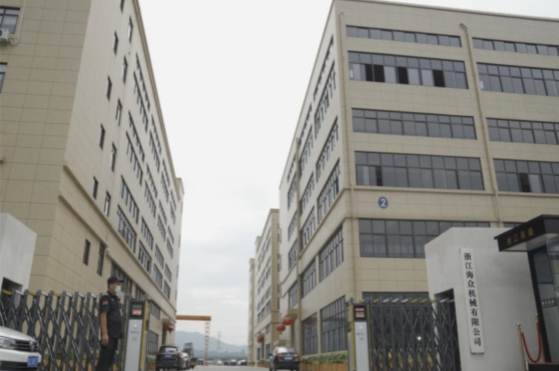
ZHEJIANG HAIZHONG MACHINERY CO., LTD.
Popular Blogs
-
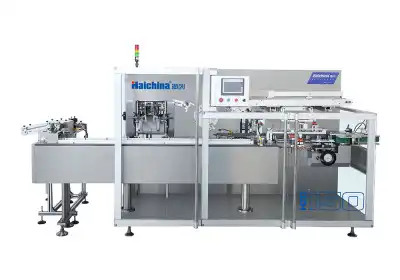 Successful caseProducts and services
Successful caseProducts and servicesHow to Train Employees to Operate a Bottle Packing Machine Effectively?
-
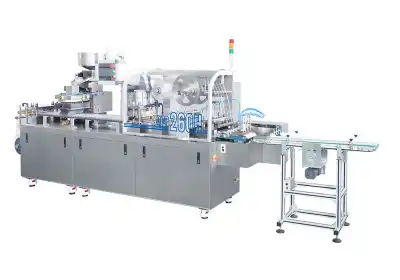 Successful caseIndustry insights
Successful caseIndustry insightsThe Blister Packaging Process: A Complete Step-by-Step Guide
-
 Successful caseComparative analysisIndustry insights
Successful caseComparative analysisIndustry insightsWhat Type of PVC Is Best for Blister Packing Machines?